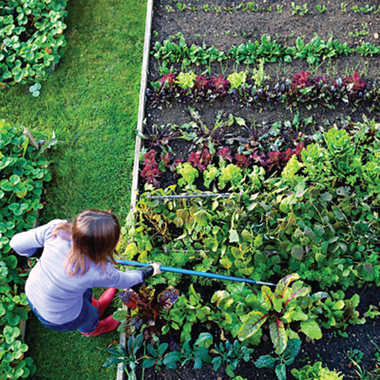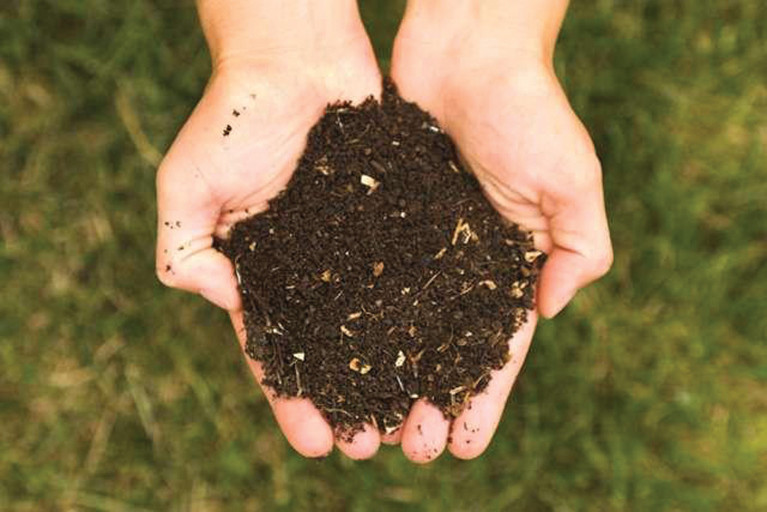Get in touch with environmental changes by gardening

by Emma Rose Kraus
Journalism Intern
It’s April and that means more than ever we are focused on this beautiful planet we call home. Not only does April play host to Arbor Day, but Earth Day is also celebrated in this month. With clean water at a low and weather becoming more and more extreme it is more important than ever for us to become more familiar with the planet we live on.
One of the best ways you can do this from your own home, other than recycling, is through gardening. This could give you a better idea of the changes happening to the Earth as you spend more time paying attention to weather, rainfall and pollution.
“The act of gardening itself teaches you about the environment,” says Tulsa landscaper Priscilla Langenderfer. “If you’re interested in gardening you’re out there thinking about the environment and what’s happening to it and things like oil spills and fires and the weather and all that is interrelated.”
Langenderfer suggests you begin to ready your garden. Begin with taking a soil sample, which is important in the Midwest where soil can be very diverse.

“I take several samples,” she explains. “Without getting grass or rocks I go down about three inches and take a little sample of the soil and take a pint of it to the extension service center.”
The test usually costs $10 and a university will test the samples and send back a report.
“Depending on what the report says you can amend the soil the way it needs to be amended,” Langenderfer says. “A lot of the time what really needs to be done is adding amendments to it such as compost pile type material.”
A compost pile is a cheap and easy way for those with yard space to reuse and recycle the uneaten parts of fruits and vegetables and leftover plant matter, leaving out bones and meat. Added to the soil in your garden, compost creates a healthier place for plants to grow. Langenderfer explains it can take six months to a year for the material to compost properly.
It is also important for the health of your garden to plant the plants that will do well in the environment inwhich you live.
“Is it a full sun area? Is it a shaded area? Is it wet or is it dry?” Langenderfer gives examples of some of the questions you might ask as they choose what to put in their garden.
Plants native to the area can be a better option than those that are foreign imports. These plants are more likely to do well in the extreme climate of the Southern Midwest.
“We don’t just have heat and lack of water, but we also have wind to deal with,” she says. “We look for the proven winners, there is a list every year, so we go back through that list and match that up.”
Langenderfer also has tips for those who wish to use potted plants. “Don’t just get some dirt from outside,” she stresses. “Use a potting soil like Miracle-Gro.”
Langenderfer is very intent on seeing people educated about environmental issues caused by human consumption and over-construction of the planet, such as water shortages and pollution.
“Earth Day started because of damage to our earth in 1970,” says Langenderfer. “[We need to] ration water, recycle and pay attention to the environment.”
For some people, gardening can be a way to get back in touch with the planet we call home.
___
Copyright The Gayly - 4/22/2017 @ 10:26 a.m. CST





